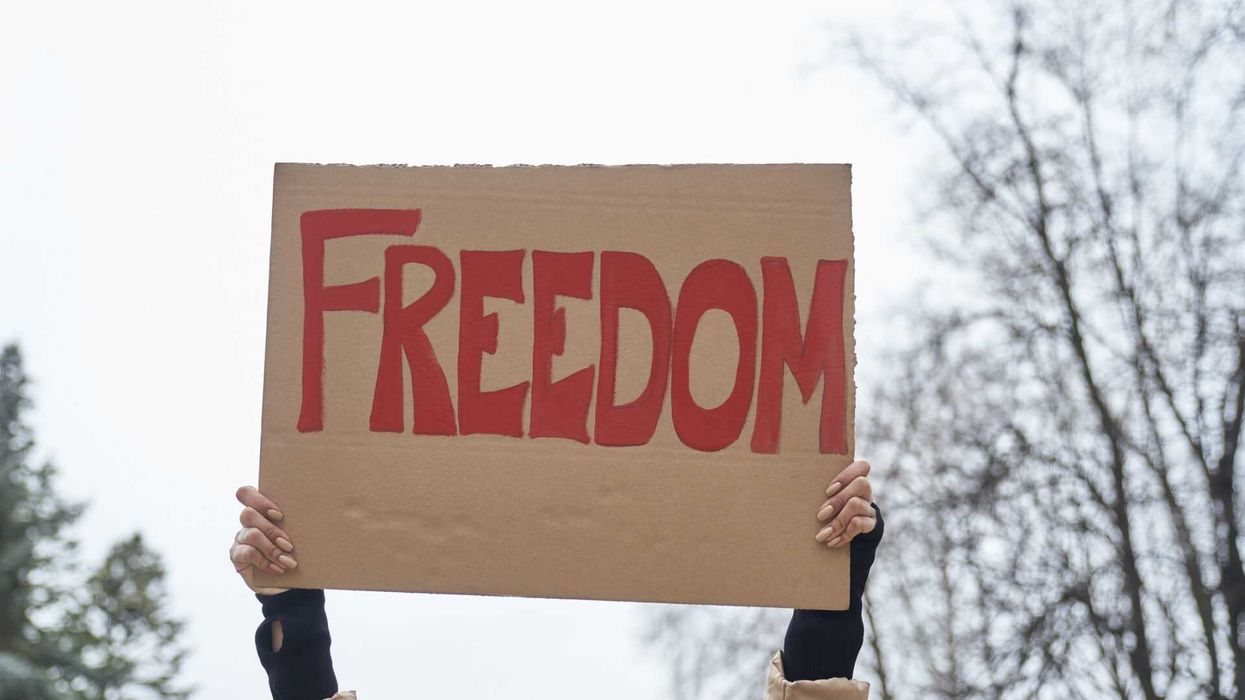Political advertisements that mention a candidate and air within 30 days of a primary election or 60 days of a general election.
Definitions
Clearly identified candidate
A candidate is “clearly identified” if the candidate’s name, nickname, photograph or drawing appears, or the identity of the candidate is otherwise apparent through an unambiguous reference such as “the President,” “your Representative,” or “the incumbent.”
Public distribution
A communication is “publicly distributed” for the purposes of the rules governing electioneering communications when it is aired, broadcast, cablecast or otherwise disseminated through the facilities of a radio or television station, cable television system or a satellite system.
Targeted to the relevant electorate
A communication is “targeted to the relevant electorate” when it is receivable by 50,000 or more persons in the candidate’s district (for a House candidate) or state (for a Senate candidate).
In the case of presidential and vice presidential candidates, the communication is publicly distributed if it can be received by 50,000 or more people in a state where a primary election or caucus is being held within 30 days or anywhere in the United States 30 days prior to the nominating convention or 60 days prior to the general election. Read more about electioneering communications.


















